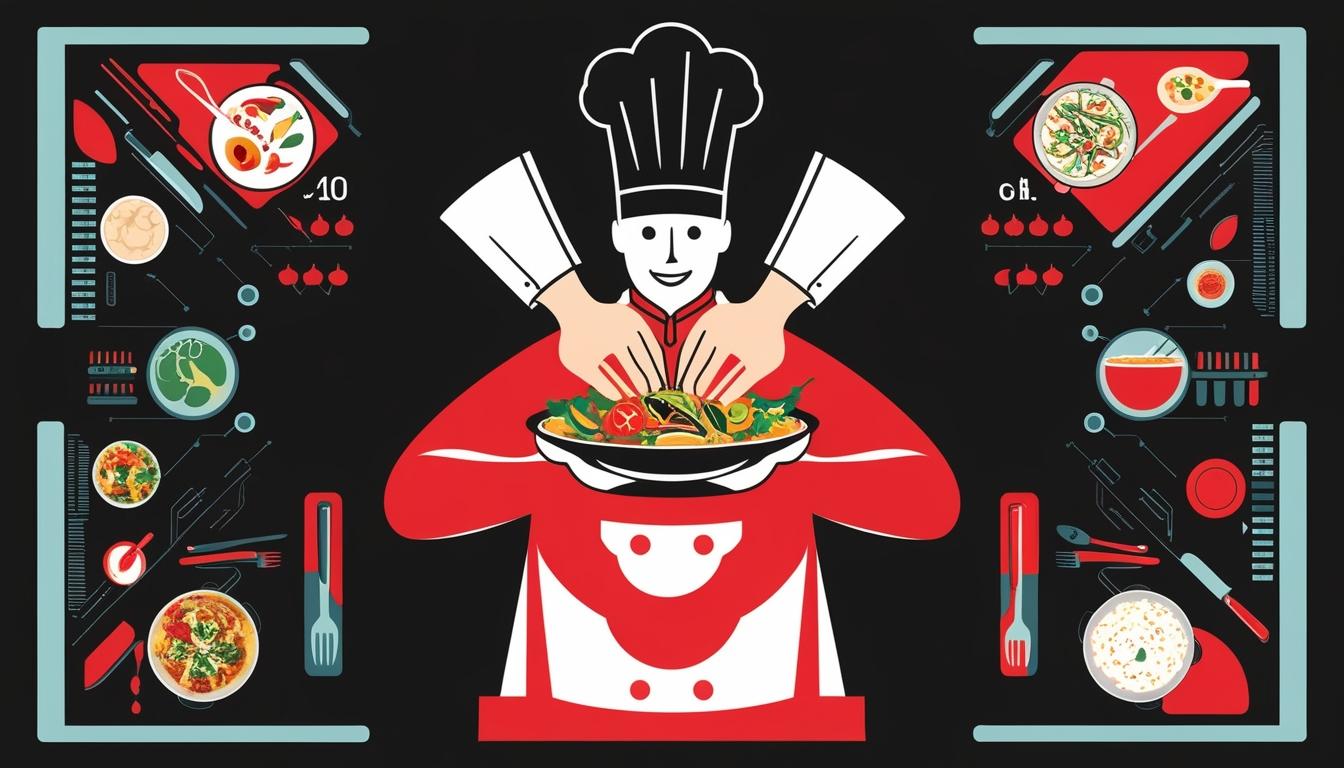In an in-depth discussion with Chris Tanner, Executive Director of the American Culinary Federation (ACF), the landscape of trends shaping the foodservice industry was explored, focusing on insights from 2024 and projections for 2025. The conversation highlighted several key themes, including culinary mashups, sustainability, and the integration of technology, which are expected to significantly impact business practices in the culinary sector.
Tanner pinpointed culinary mashups as one of the standout trends from 2024, noting a growing enthusiasm for blending international cuisines with traditional American comfort foods. "The blending of international cuisines with American comfort foods or regional specialties has captured the imagination of chefs and diners alike," Tanner remarked. This trend has led to the production of cookbooks that celebrate these innovative combinations, redefining familiar flavours in an accessible manner.
Looking towards 2025, Tanner expressed confidence that such trends will continue to evolve rather than diminish. "At ACF, we make a clear distinction between trends and fads. Fads tend to skyrocket in popularity only to vanish just as quickly, while trends are more enduring," he explained. As an example, he highlighted the increasing recognition of pizza as a key component of American regional cuisine, paralleling barbeque's transformation into a staple culinary identity.
The ACF employs a comprehensive approach to identifying trends, utilising media coverage, chef surveys, trade show visits, and analysis of local food scenes to gather insights. This methodical observation routine provides a solid foundation for predicting future trends in the industry.
Sustainability, a topic of increasing importance in the foodservice sector, is anticipated to evolve further in 2025 with more practical applications. Tanner expects companies to creatively repurpose materials, citing examples like the use of reclaimed spent beer grain for flour production and the transformation of vegetable scraps into consumer products. The movement towards sustainable seafood and nose-to-tail butchery practices is becoming standardised, with more kitchens embedding these practices into their operational ethos.
Technological integration is another crucial trend on the horizon, particularly within quick-service restaurants (QSR). Automation processes, driven by staffing shortages, are forecasted to increase, with examples such as robotic cooking equipment and advanced ordering systems gaining traction. "AI is another game-changer," Tanner noted, highlighting its role in automating clerical tasks, which allows chefs to focus on creative aspects of their work. Chefs and consumers alike are finding value in these technological innovations, indicating a readiness to embrace advancements that promote efficiency and consistency.
The ACF also acknowledged the pressing challenges facing the industry, particularly staffing shortages and rising food costs, which are exacerbated by increasing minimum wage requirements. However, Tanner views these challenges as gateways to opportunities for restaurants to enhance the dining experience, suggesting that establishments capable of offering unique and memorable experiences may thrive amidst economic pressures.
In summarizing the discussion, Tanner conveyed optimism for the culinary industry's future, identifying a crucial balance between embracing innovative trends and maintaining the human touch that defines customer service. With a vibrant culinary scene in a perpetual state of evolution, the ACF's observations highlight an industry poised for transformation, navigating the complexities of contemporary challenges while pursuing creative innovations.
Source: Noah Wire Services
